What is the tolerance range of precision screws?
What is the tolerance range of precision screws?
Service Hotline
+86760-8787 8587We have more than ten years of experience in screw industry production. The main products are: blackened British and American bolts, special-shaped expansion screws, serrated washers, PC polycarbonate, conical round nuts, stainless steel plug screws, rectangular nuts, non-standard flat washers , Brass wing nuts, DIN928 nuts, GB109 copper flat head rivets, high-precision expansion screws, butt-locking screws, copper countersunk head rivets, rivet nuts, pull cap nuts, plastic cap nuts and other fasteners, due to product materials and specifications There are different prices, please contact us if necessary.


Stainless steel fastener product size standards: specify the content of the basic size of the product; threaded products. Not the standard in terms of product technical conditions. Specifically, it includes the following standards: Standard for fastener product tolerance: specifies the content of product size tolerance and geometric tolerance. Standards for mechanical properties of fastener products: specify the marking method of product mechanical property grades, as well as the content of mechanical property items and requirements; some fastener products change this content to product material properties or work performance. content. Standards for surface defects of fastener products: specify the types of surface defects and specific requirements of products. Surface treatment standards for fastener products: specify the types and specific requirements of product surface treatment. Fastener product test standards: specify the test content of the above-mentioned various performance requirements. Standards for product acceptance inspection, marking and packaging of stainless steel fasteners: Standards for fastener product marking methods: specify the content of complete product marking methods and simplified marking methods. Other standards for stainless steel fasteners: such as fastener terminology standards, fastener product weight standards, etc.
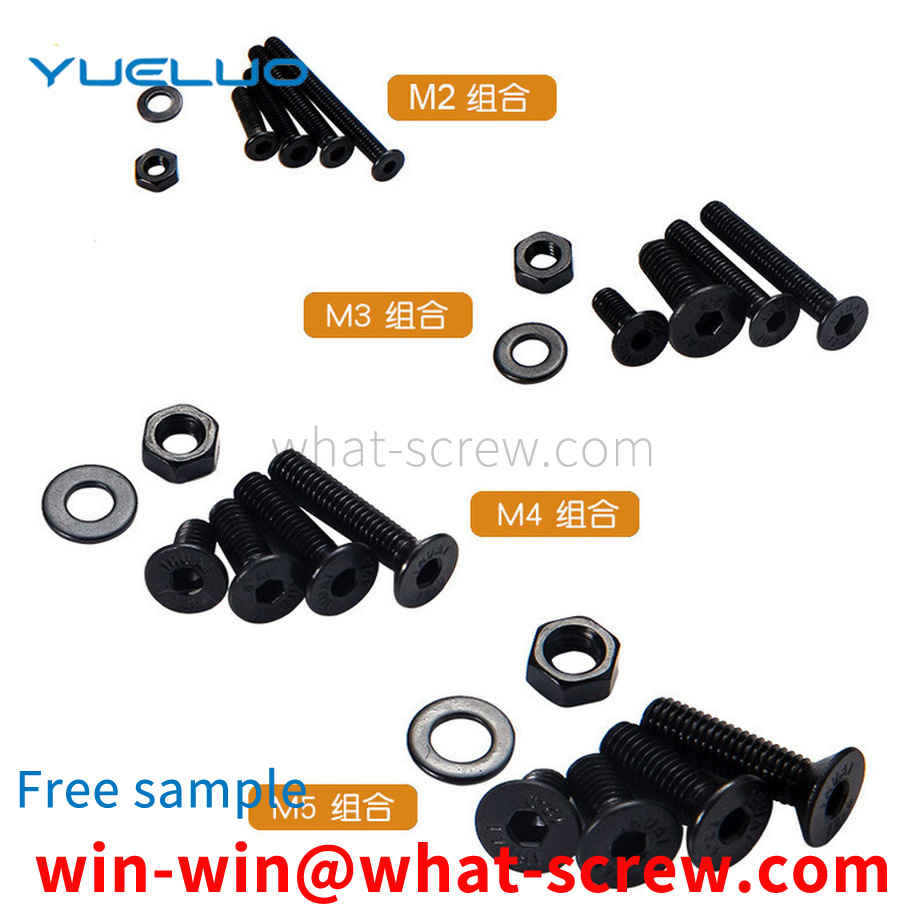
Although there are many types of self-tapping screws, they all have the following common points: (1) They are generally made of carburized steel (accounting for 99% of the total output). Also available in stainless steel or non-ferrous metals. (2) The product must be heat treated. Carbon steel self-tapping screws must be carburized, and stainless steel self-tapping screws must be solution hardened. In order to make the self-tapping screw meet the mechanical properties and performance required by the standard. (3) The product has high surface hardness and good core toughness. That is, inner softness and outer rigidity. This is a major feature of the performance requirements of self-tapping screws. If the surface hardness is low, it cannot be screwed into the matrix; if the toughness of the core is poor, it will break as soon as it is screwed, and it cannot be used. Therefore, inner soft outer steel is a very important requirement for self-tapping screws to meet the performance requirements. (4) The surface of the product needs surface protection treatment, generally electroplating treatment. The surface of some products must be treated with phosphate (phosphating), such as wallboard self-tapping screws are mostly phosphated. (5) Produced by cold heading process. It is recommended to use high-speed cold heading machine and high-speed thread rolling machine or high-speed planetary thread rolling machine for production. The emphasis here is on high speed to ensure product quality. Only self-tapping screws produced by high-speed machines have well-formed heads and high-quality threads.
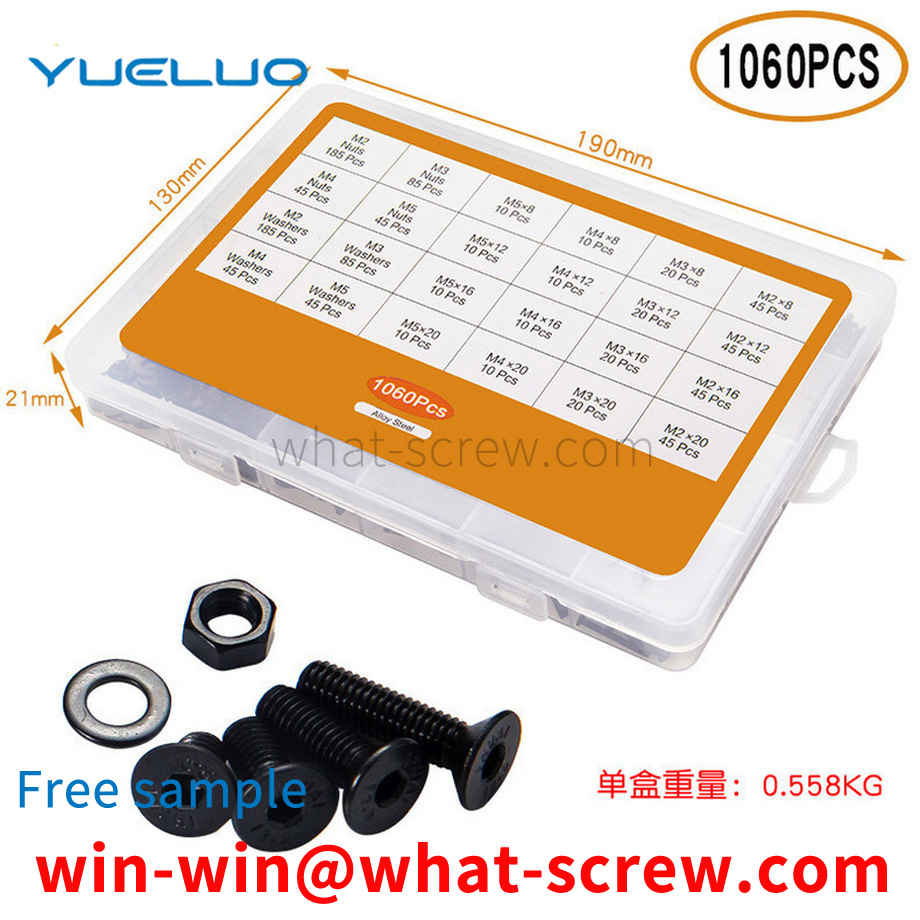
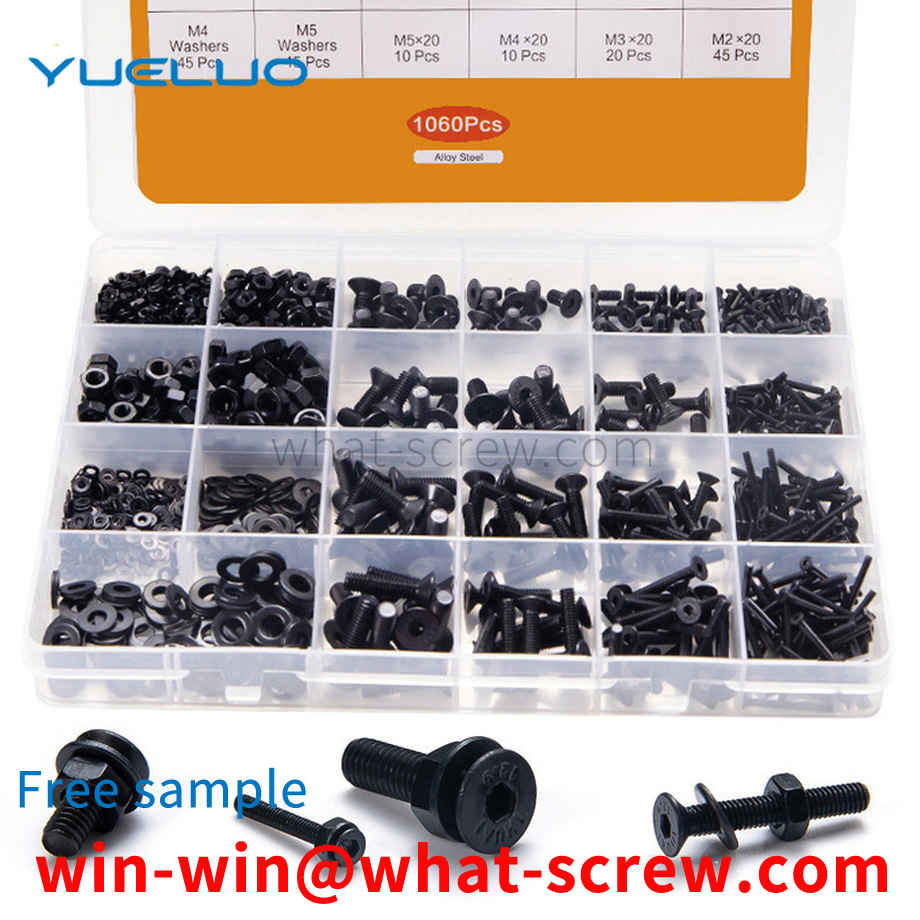
Riveting nut tool is a special installation tool for riveting nut, including pneumatic riveting nut and electric riveting nut. Pneumatic riveting nut tool has the advantages of fast speed and large pulling force, but it is difficult to rotate into and unscrew the riveted nut. The rotating blade of the moving motor is frequently used or in a slightly dusty working environment, it will suddenly get stuck and not work, there is a great hidden danger of motor crash, and the torque of the air motor is small due to the limitation of the volume, although the riveting pulling force can be done to larger defects, but the volume also increases.
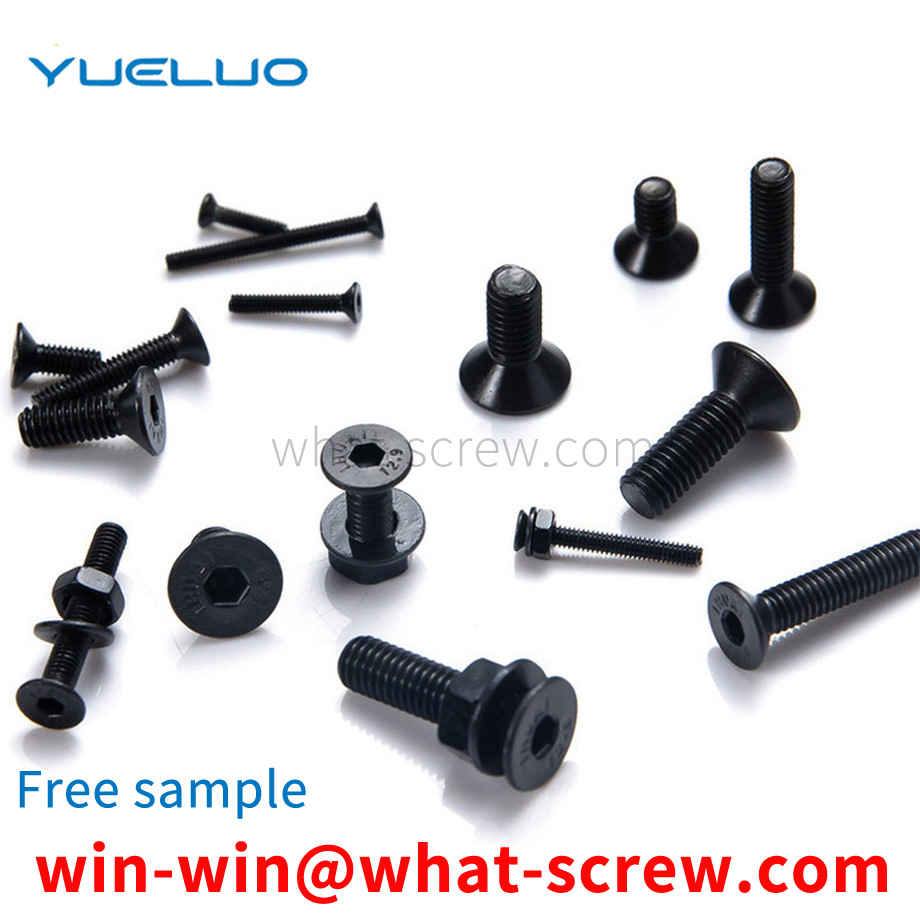
Cross recessed pan head screws refer to cross recessed machine wire screws, which are represented by the letters PM. The country stipulates that the thread specification is M1.6-M10, the performance level is 4.8, A-50, A2-70, CU2, CU3 and AL4, H-type and Z-type cross recessed, and the product grade is Class A cross recessed pan head screws . If other technical requirements are needed, they should be selected from the current standards (such as GB/T196, GB/T3106, GB/T3098.1, GB/T3098.6 and GB/T3098.10).
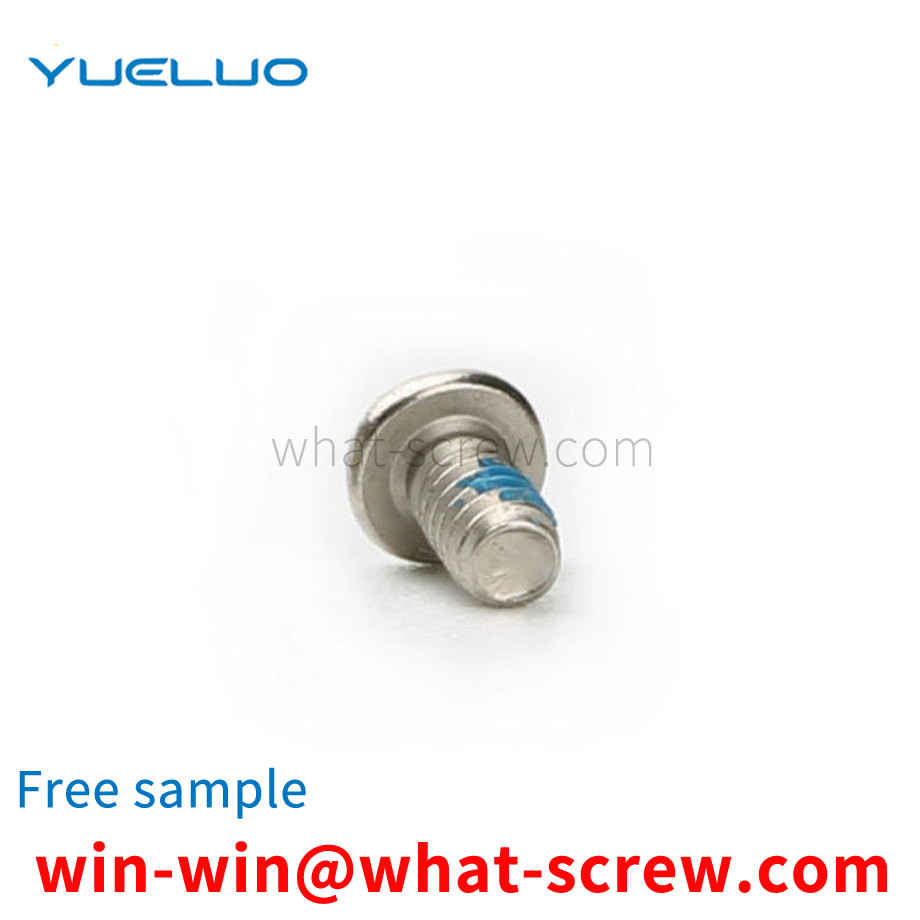
The above content is uploaded by Yueluo or the Internet. If there is any copyright issue, please contact [email protected].

What is the tolerance range of precision screws?

How to choose the right stainless steel screw manufacturer?

Why is there an R angle under the head of the hexagon head s...
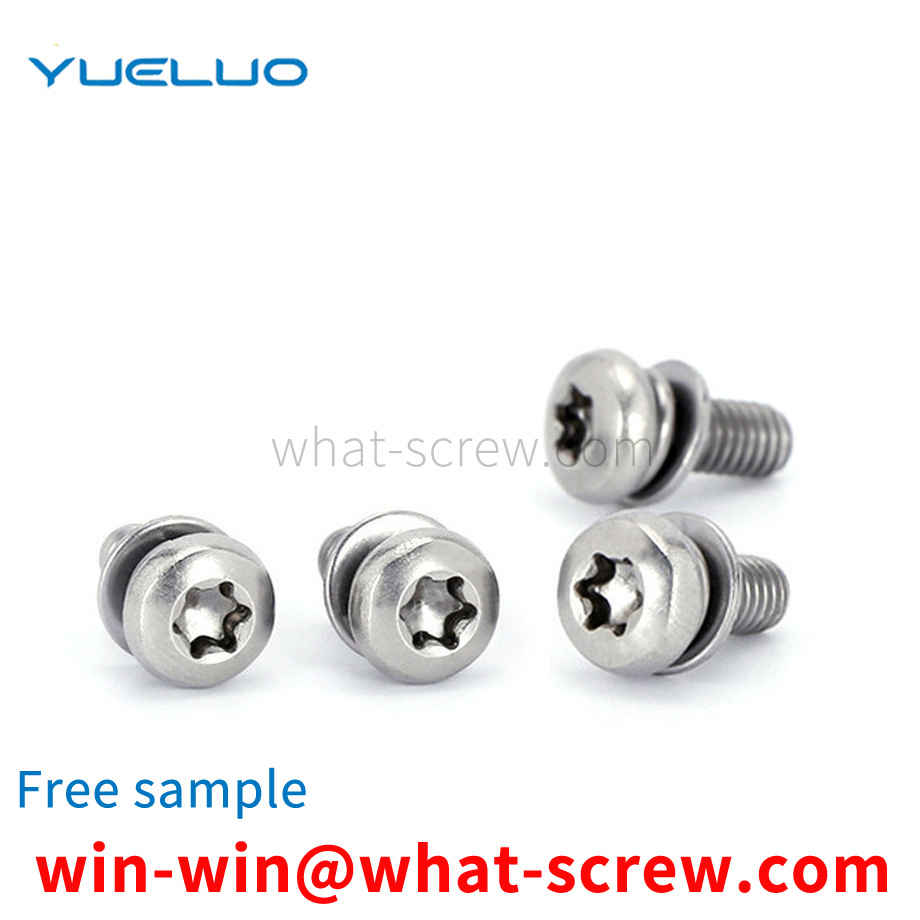
We have more than ten years of production experience in the ...

We have more than ten years of production experience in the ...

We have more than ten years of experience in screw industry ...
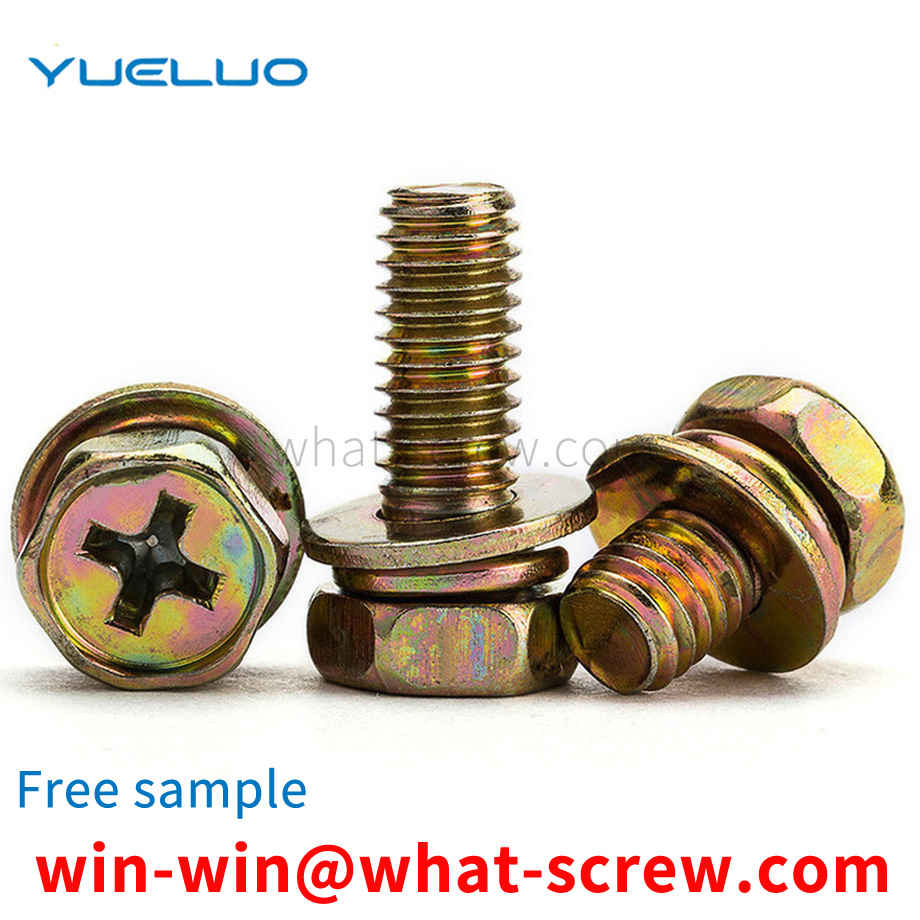
We have more than ten years of production experience in the ...